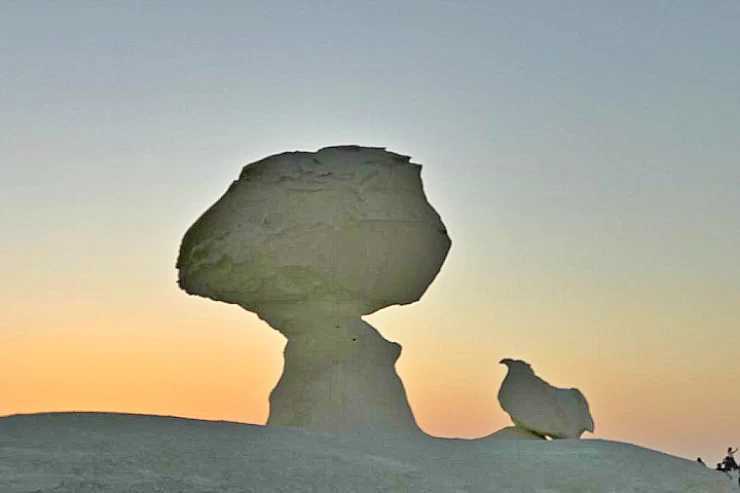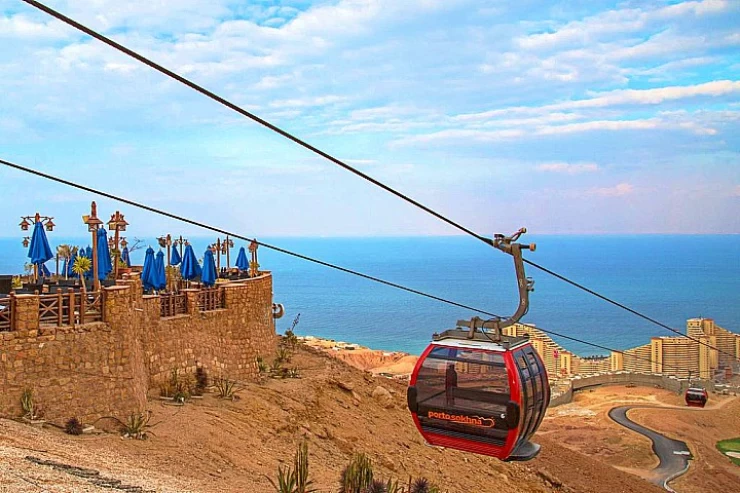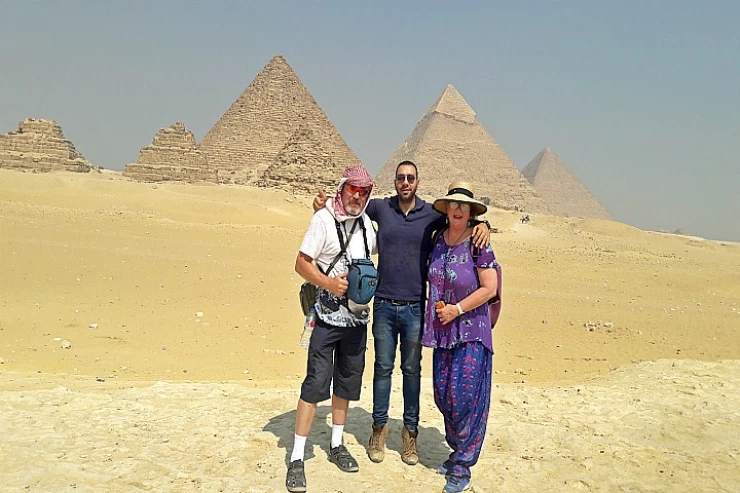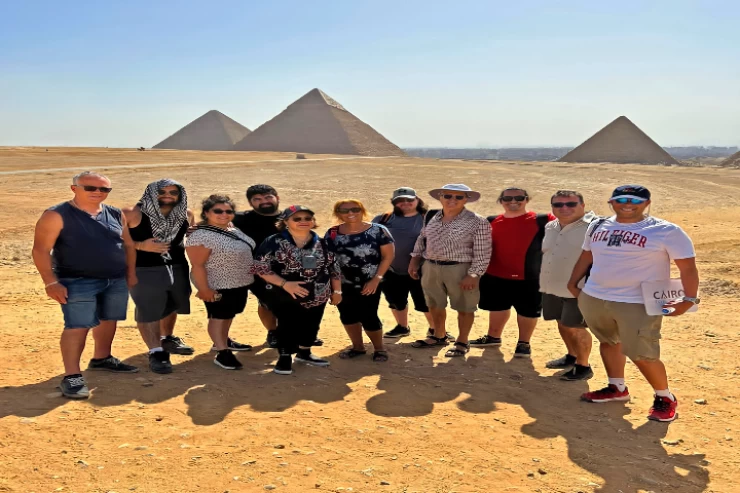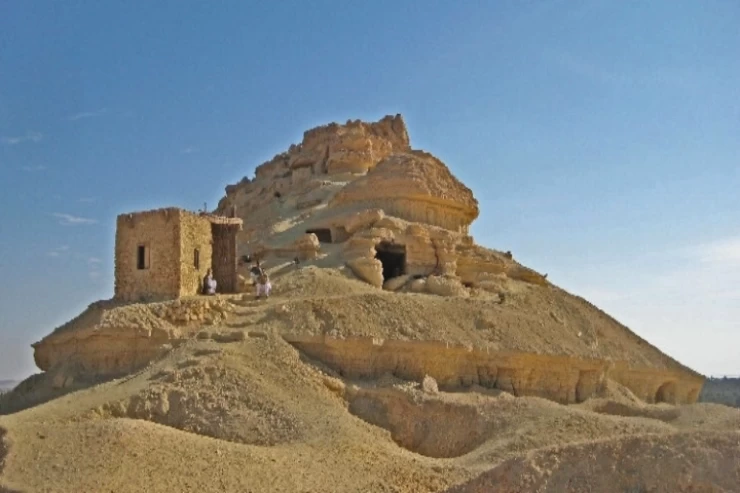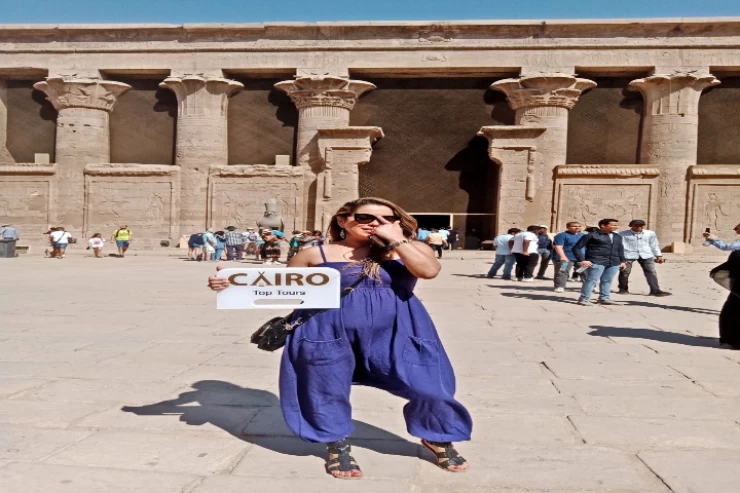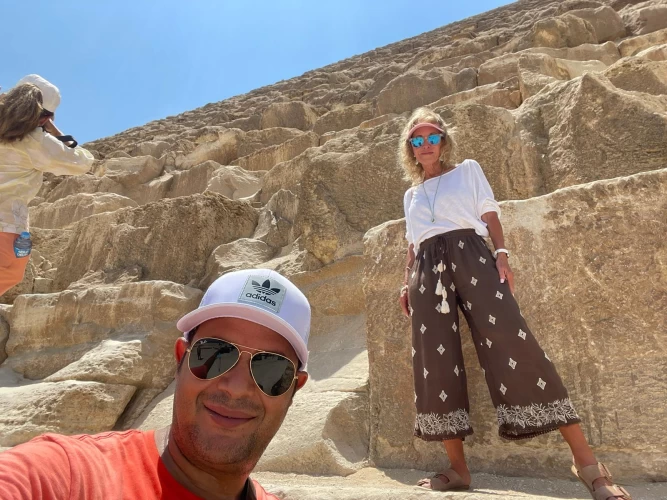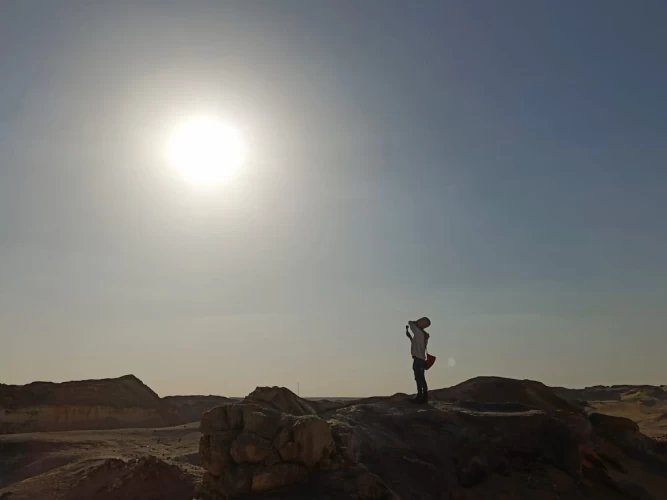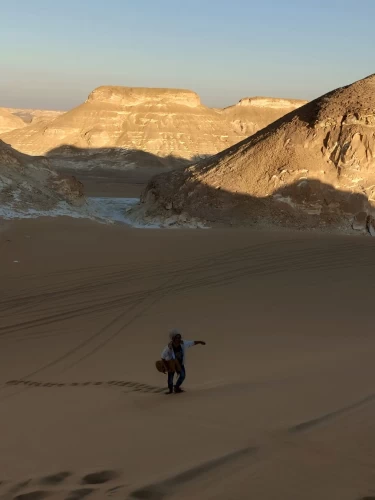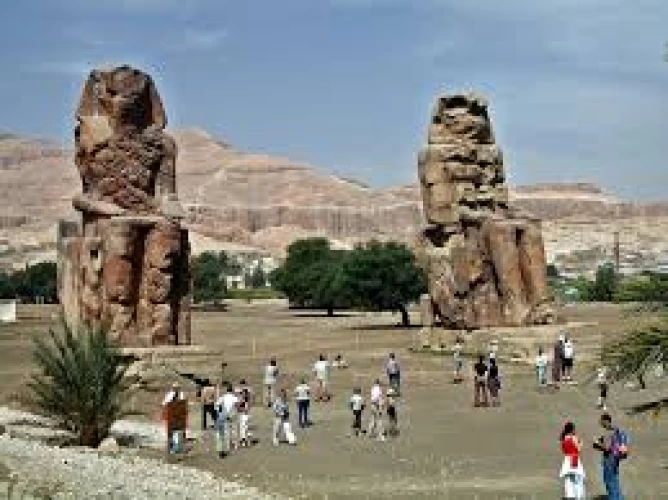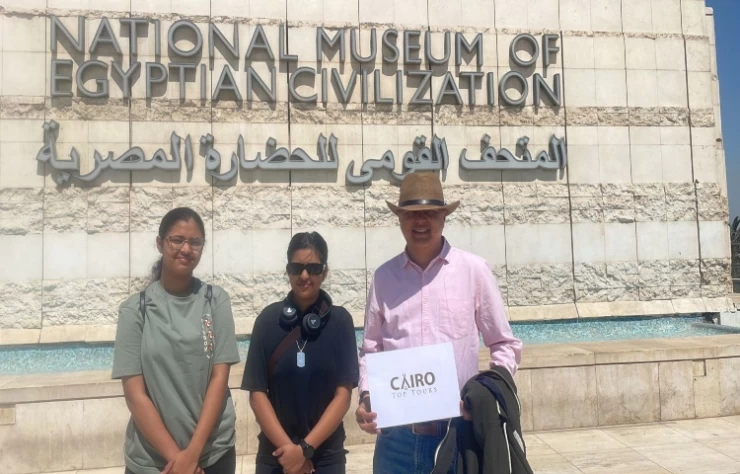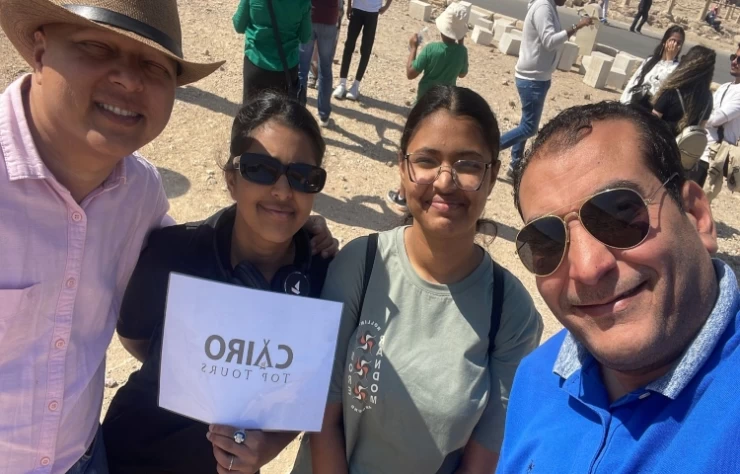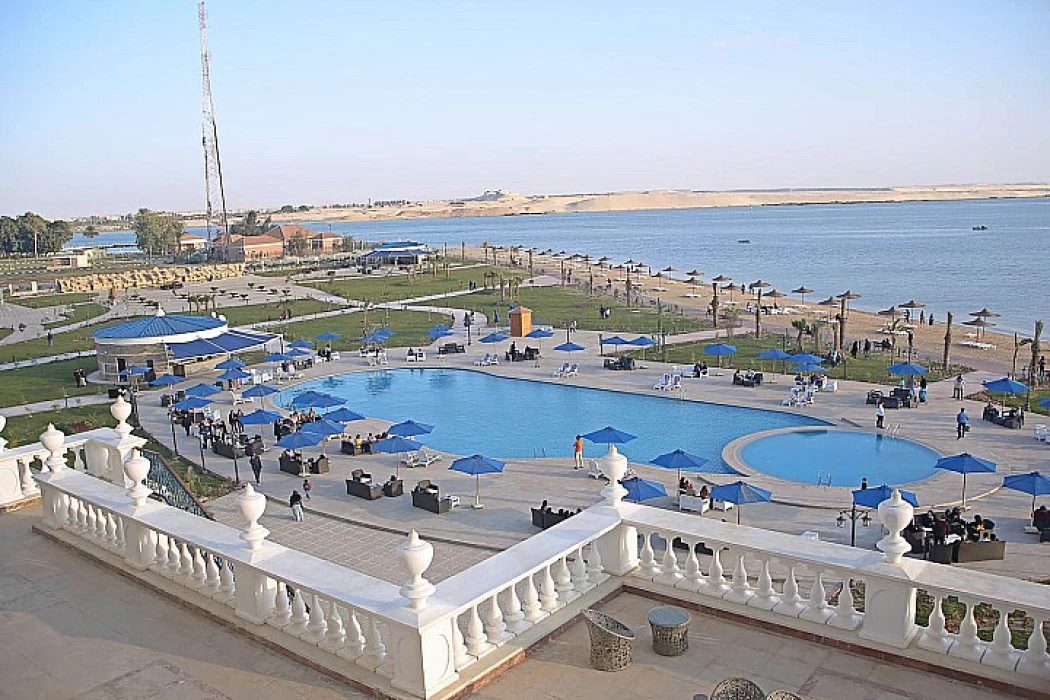
Al-Ismailia Governorate Egypt
Al-Ismailia Governorate Egypt
The foundation stone was laid for the founding of the Ismailia Governorate, which was previously called the city of Timsah, because it was located north of Lake Timsah on April 27, 1862 AD during the era of Said Pasha, and in the following year, it was called Ismailia in relation to the ruler of Egypt during that period of Khedive Ismail, while the official launch of the Ismailia Governorate was during a ceremony attended by a number of The heads of the world in 1869 AD to open the Suez Canal.
This city starts from the village of Al-Mahsima and extends to the village of Dhahria, which is one of the most famous cities in the Republic of Egypt with mango and strawberry cultivation, inhabited by about 48 thousand people.
East Bridge
It is called the East because of its occurrence east of the Suez Canal, and it also includes part of its area part of the Sinai Peninsula, and this city was built on the ruins of a cemetery dating back to the Roman era, several names such as Tharo and Sila were called on this region, and it contains several archaeological landmarks such as the fortress Which was built by the Mamluk Sultan Qansuh Al-Ghuri.
And among the ancient places that exist in this city is the Museum of Ismaili Archeology
The Museum of Archeology of the Governorate dates back to its construction in 1913 AD by a group of engineers who work in the International Maritime Navigation Company, and it is distinguished by the architectural character that was built upon it taking the form of a temple, and the museum includes many rare artifacts dating back to the Pharaonic era, and it had opened The doors of the museum to allow visitors to visit it for the first time in 1934.
Adding that there is also the Museum of De Lesseps, the reason for the designation of this museum is due to the French engineer Ferdinand De Lesseps, who was based in his residence and had been granted by the Khedive Ismail the privilege of digging the Suez Canal, and the museum embraces within it some maps, tools, belongings and engineering drawings.
Abu Atwa Tank Museum. Tabia Orabi, the name of this Tabia was given to the leader of the great battle of the hill, Chief Ahmed Orabi, who stood in the face of the British occupation with courage and persistence.
Latest Articles
Admin
Seabourn Sojourn Cruise Stops in Safaga Port
The Seabourn Sojourn, the flagship vessel of Seabourn Cruise Line's ultra-luxury fleet, was built in 2008 at the T. Mariotti shipyard in Genoa, Italy. Measuring 198 metres, it can accommodate up to 450 guests in its 225 spacious all-suite staterooms.
Admin
Norwegian Sky Cruise Stops in Safaga Port
Norwegian Cruise Line operates a cruise ship called the Norwegian Sky. It was constructed in 1999 and can accommodate 2,004 passengers in addition to 878 crew members. The ship has several dining establishments, lounges and bars, a spa and fitness center, swimming pools, and a number of entertainment areas.
Admin
Explora II Cruise Stops in Safaga Port
Explora II, the second vessel in the Explora Journeys fleet, sets sail in 2024 to redefine luxury cruising. With 461 ocean-front suites, 9 culinary experiences, and 4 pools, this haven of sophistication and sustainability promises an unforgettable "Ocean State of Mind" journey to inspiring destinations.
Admin
Mein Schiff 6 Cruise Stops in Safaga Port
The Mein Schiff 6 is the latest cruise ship in the renowned TUI Cruises fleet, offering passengers a luxurious and sophisticated cruise experience. At 315 metres long, this floating resort features a range of dining options, entertainment, and recreational facilities, including a spa, fitness centre, and sports amenities.
Admin
Mein Schiff 4 Cruise Stops in Safaga Port
When the Mein Schiff 4 cruise ship docks in Safaga, Egypt, passengers are granted access to a realm of ancient wonders. Aboard this state-of-the-art vessel, guests can embark on meticulously curated shore excursions that showcase the region's most iconic landmarks, including the Giza Pyramids, the enigmatic Sphinx, and the remarkable tombs and temples of the Valley of the Kings in Luxor.
Admin
MS Europa Cruise Stops in Safaga Port
The Silver Moon, Silversea's latest flagship, is a luxury cruise ship that offers an exceptional travel experience for Venezuelans exploring Egypt. With a capacity of 596 guests and an impressive 40,700 gross tonnes, the Silver Moon maintains the small-ship intimacy and spacious all-suite accommodations that are the hallmarks of the Silversea brand.






